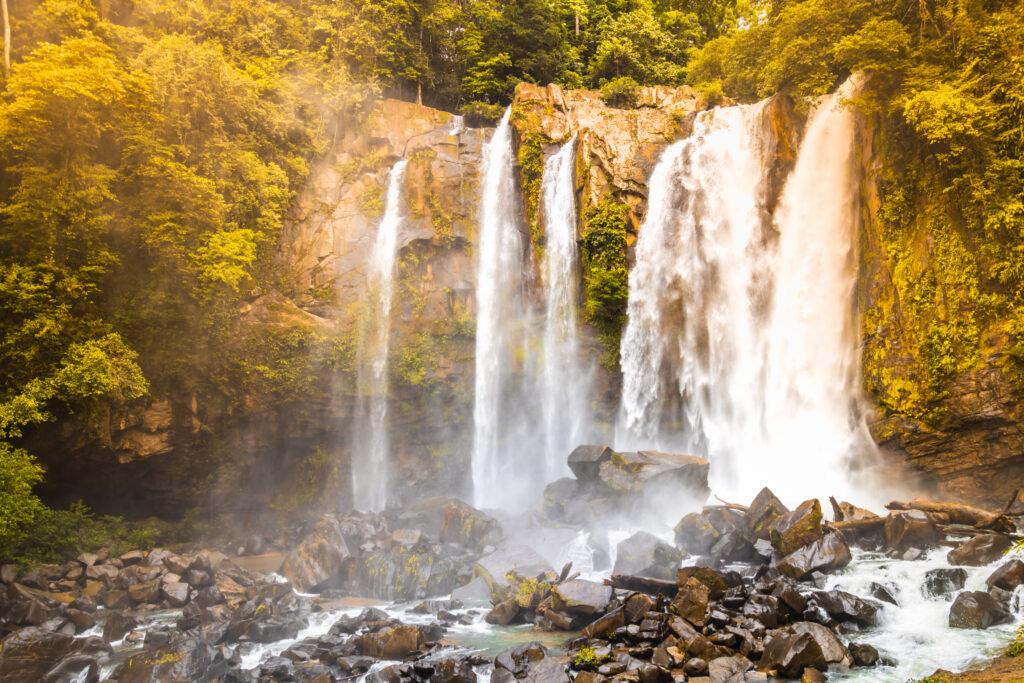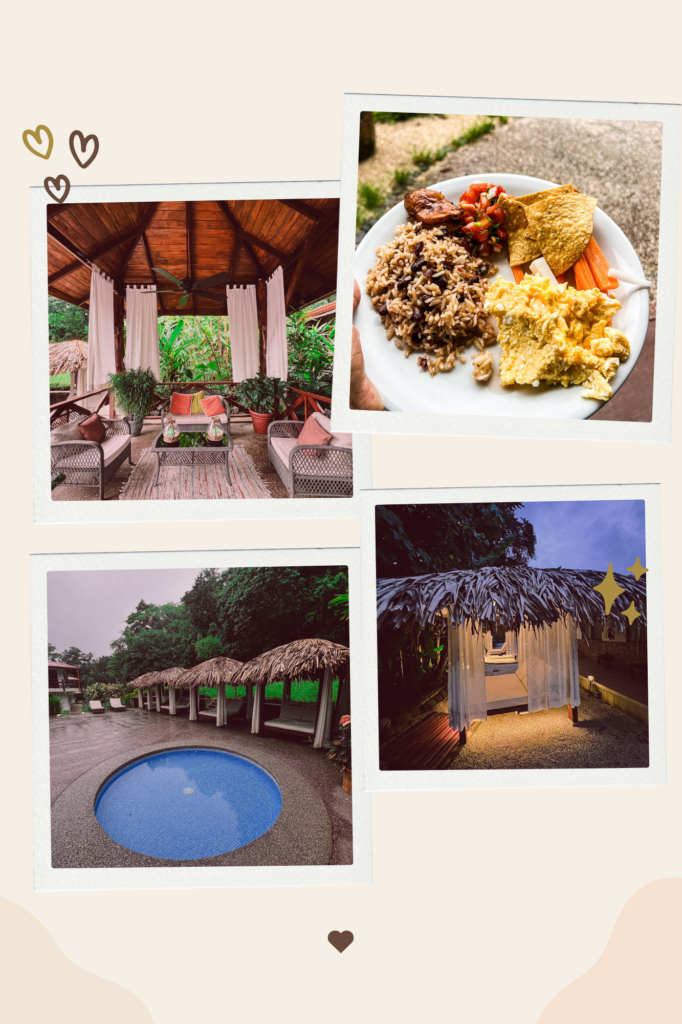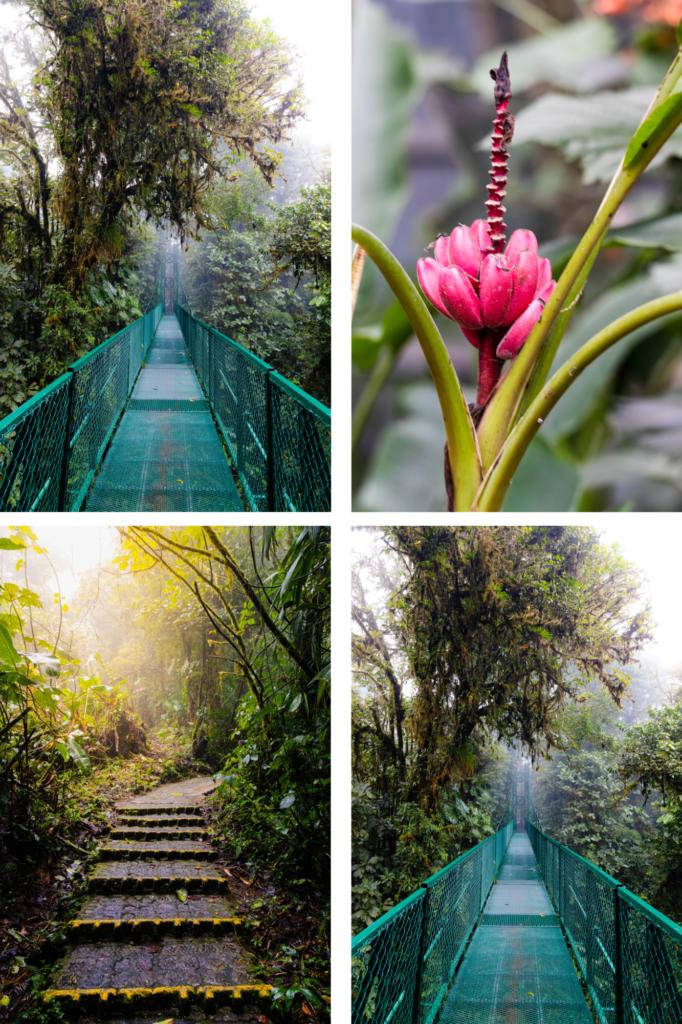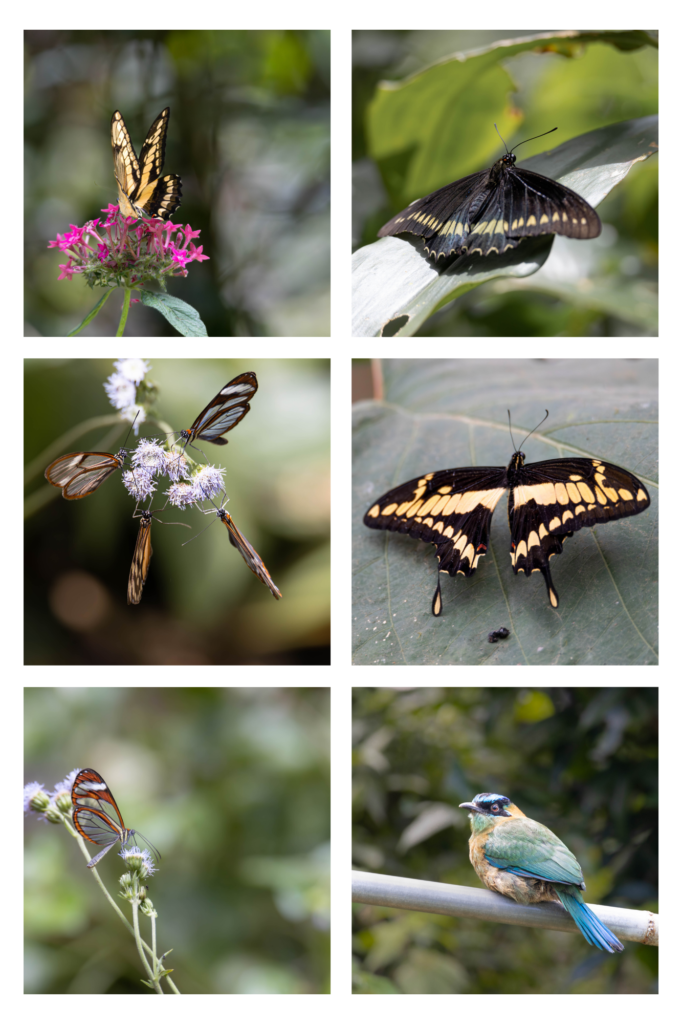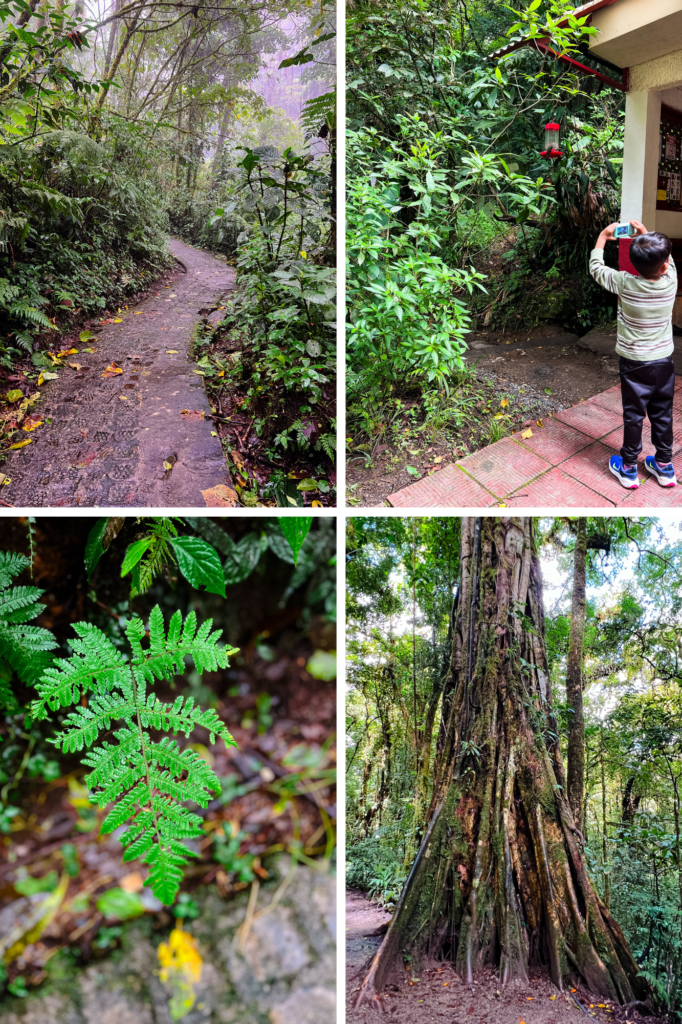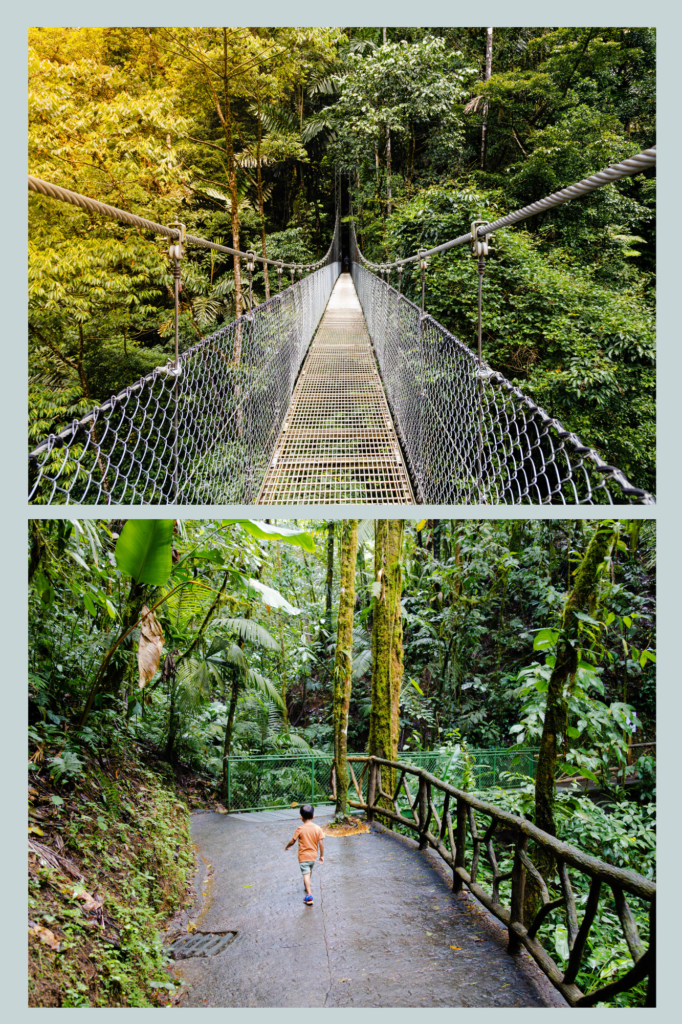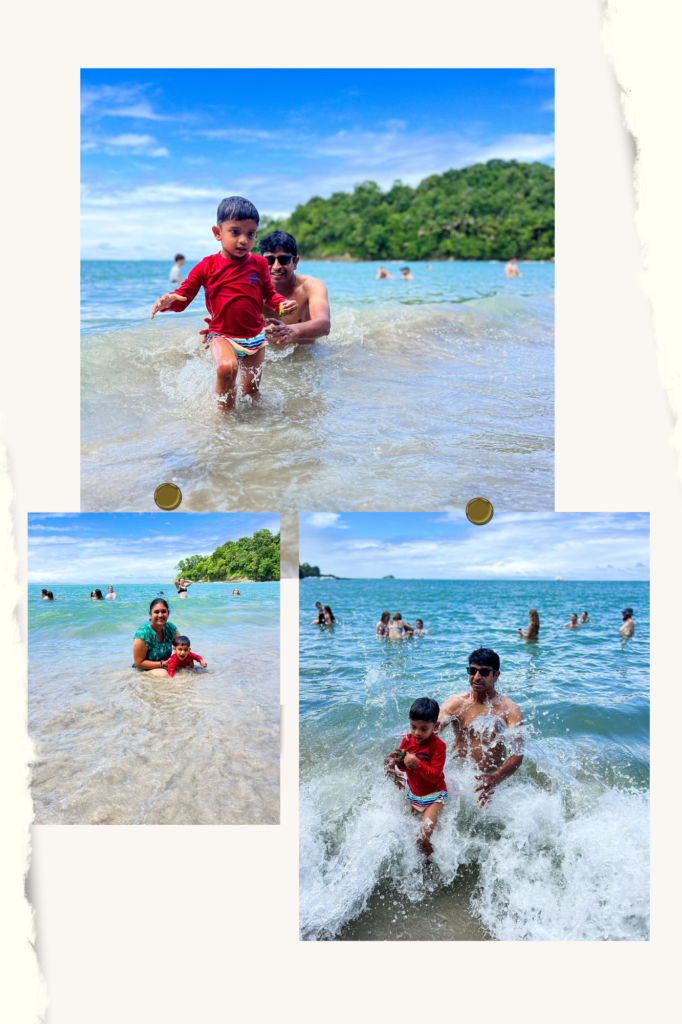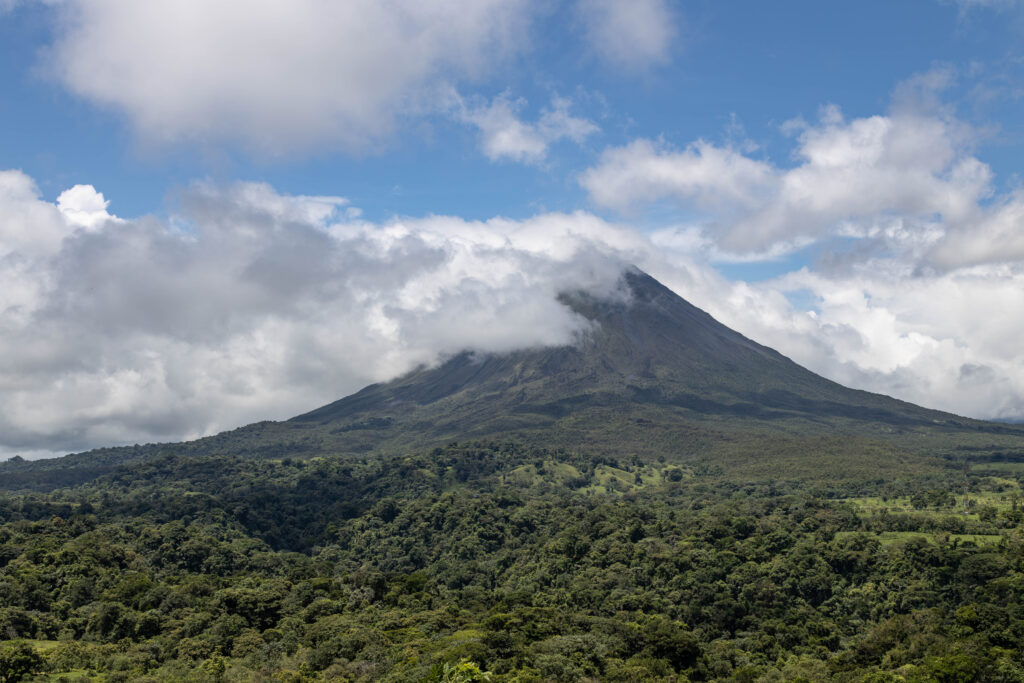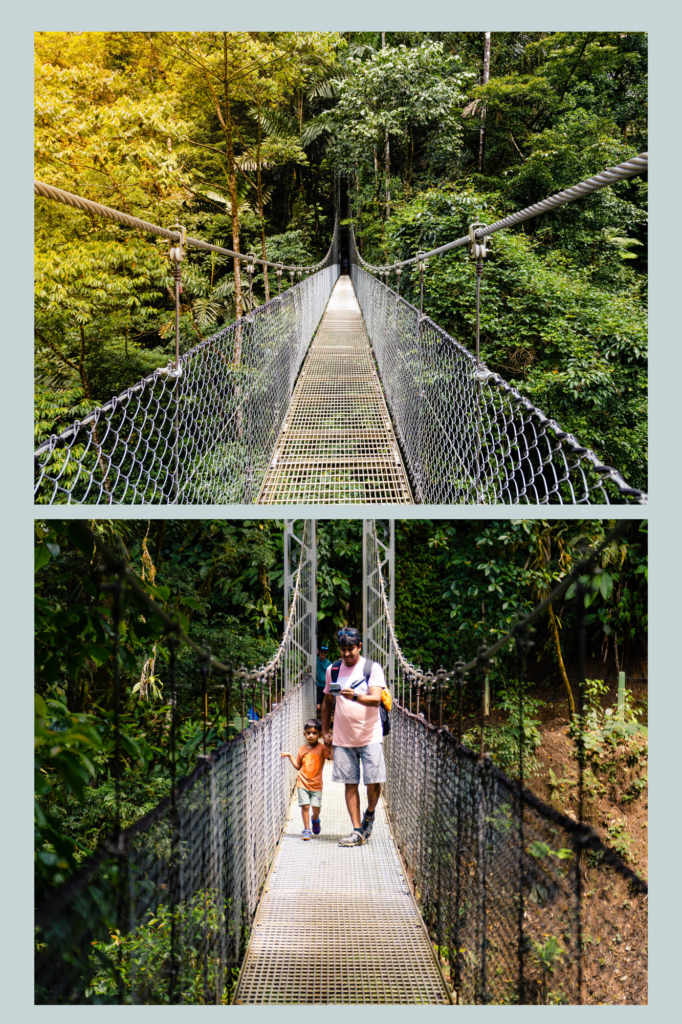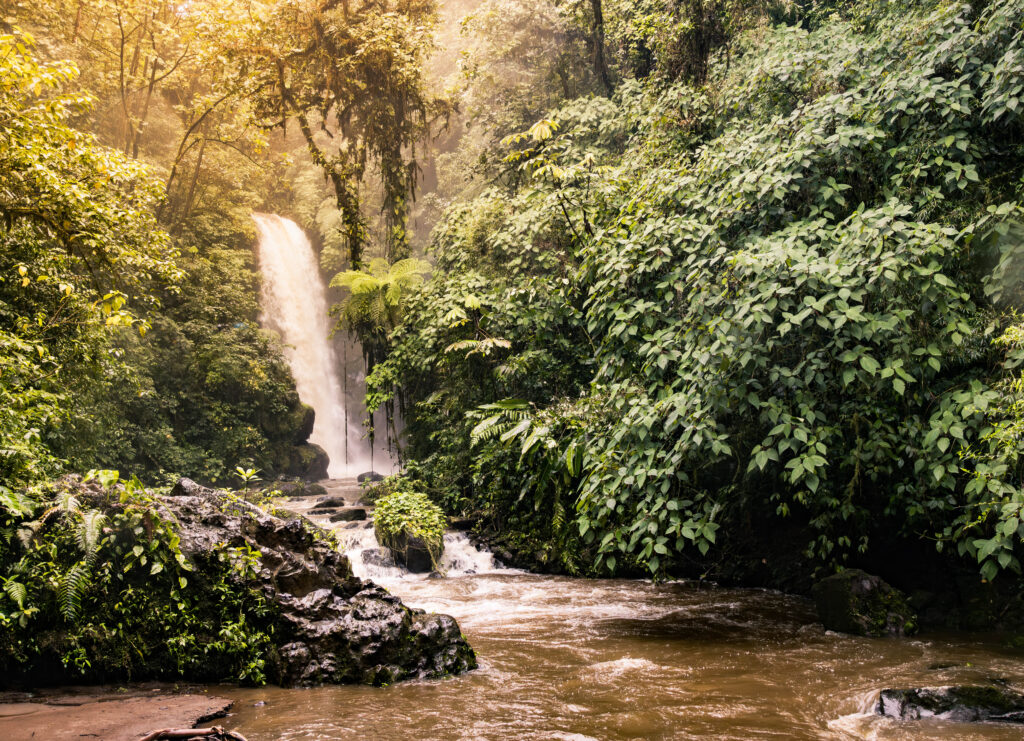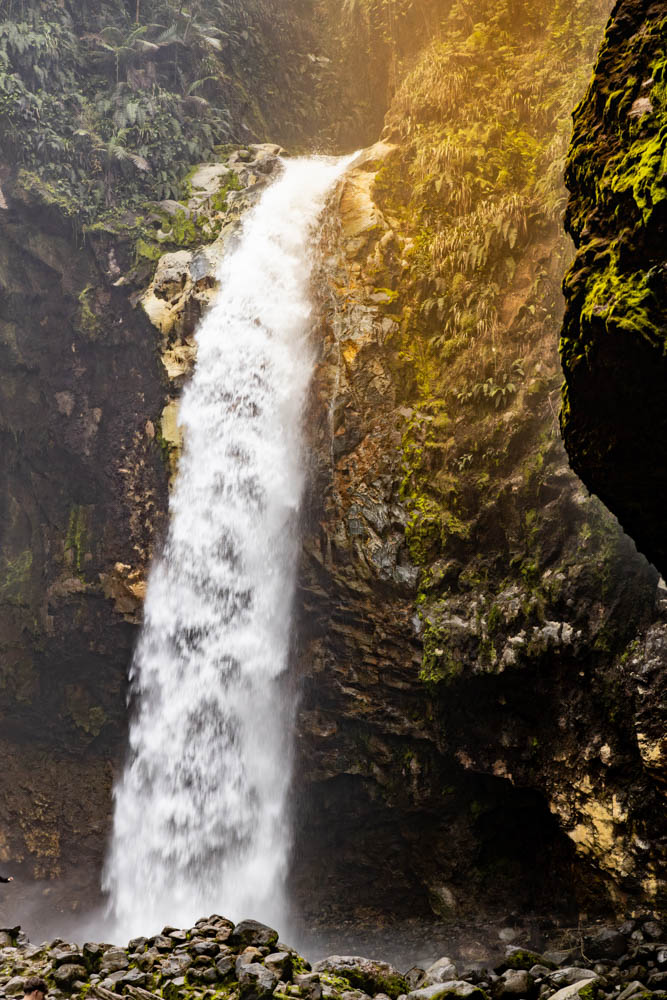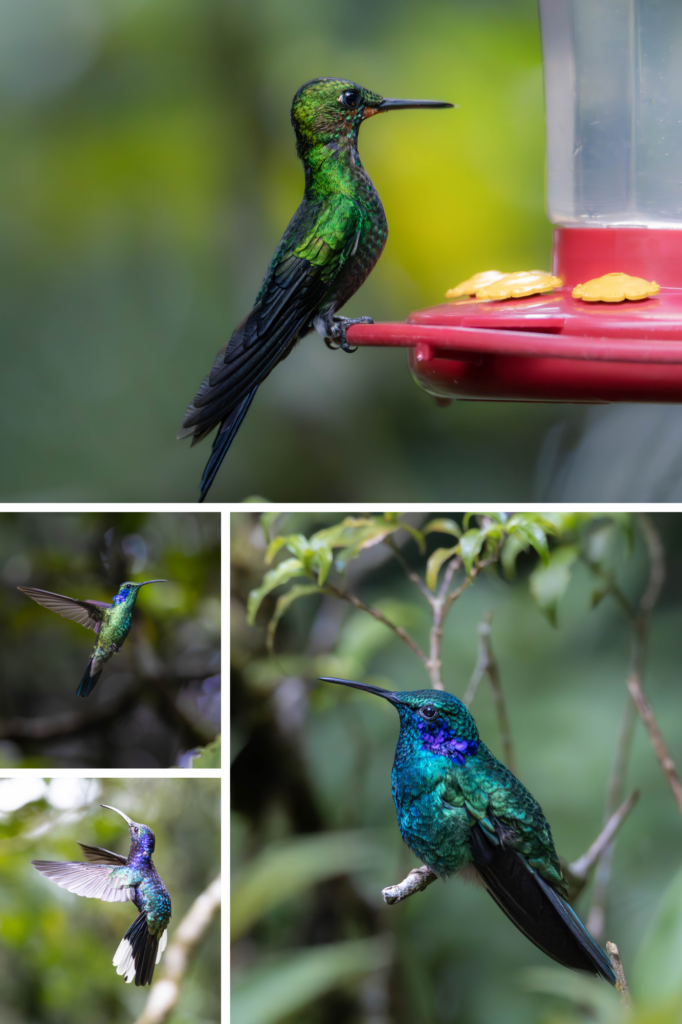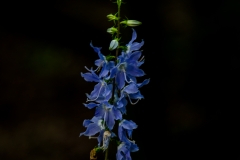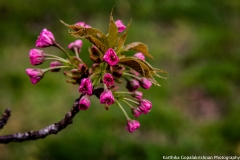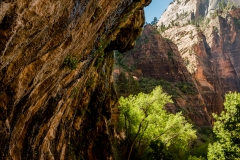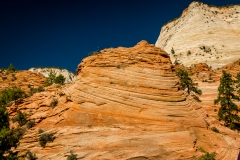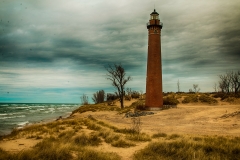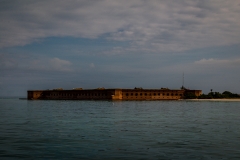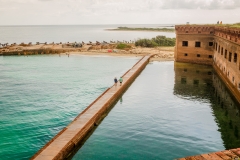Welcome to our blog! We’re thrilled to share our Costa Rican adventure with you. Dive into our journey and get inspired for your own tropical escapade!
June holds a special place in our family as we celebrate Sandy Daddy’s birthday and our anniversary. We often plan our family vacation around this month, and this year, we wanted to mark the occasion with an international getaway. After much consideration, we chose Costa Rica as our first international adventure with Little R.
Why Costa Rica?
When we decided on an international getaway, the Caribbean countries topped our list. We eventually chose Costa Rica, a paradise filled with tropical rainforests, volcanoes, and waterfalls, offering rich biodiversity. As Indian passport holders with valid H1B stamping, traveling to Costa Rica was hassle-free. For Indians with a valid US visa (like the H1B), there’s no need to apply for a separate Costa Rican visa for stays up to 90 days. This made planning our trip so much easier! Please find the visa requirements for Indian Passports here
Costa Rica – A tropical paradise
Costa Rica is a land of contrasts, offering an incredible variety of landscapes, ecosystems, and experiences that captivate the hearts of travelers. Nestled between the Pacific Ocean and the Caribbean Sea, this small yet biodiverse country boasts a wealth of natural wonders, from sun-kissed beaches to lush rainforests and misty cloud forests. With over 25% of its land area protected as national parks and reserves, Costa Rica is a paradise for nature lovers and adventure seekers alike.
Pacific vs. Caribbean Coasts
Each coast of Costa Rica has its own unique charm. The Pacific Coast is renowned for its stunning beaches, dramatic cliffs, and vibrant marine life. Popular destinations like Manuel Antonio, Tamarindo, and the Nicoya Peninsula attract surfers, sunbathers, and wildlife enthusiasts with their beautiful shores and rich biodiversity. The Pacific side is known for its dry forests and impressive sunsets, offering a laid-back, tropical atmosphere perfect for relaxation and exploration.
In contrast, the Caribbean Coast is characterized by its lush rainforests, abundant wildlife, and Afro-Caribbean culture. The area around Puerto Viejo and Cahuita boasts pristine beaches, swaying palm trees, and the vibrant rhythms of reggae music. The Caribbean side tends to be more humid and rainy, making it an ideal location for experiencing the dense jungles and diverse ecosystems that thrive in this environment.
Rainforests and Cloud Forests
Costa Rica is home to two distinct types of forests: rainforests and cloud forests. The rainforests, found primarily on the Caribbean side and in regions like Corcovado and Tortuguero, are teeming with life. These ecosystems are some of the most biodiverse in the world, supporting countless species of plants, animals, and insects. Exploring these dense jungles offers the chance to see howler monkeys, toucans, sloths, and brightly colored frogs in their natural habitats.
The cloud forests of Costa Rica, most famously represented by the Monteverde Cloud Forest Reserve, are high-altitude ecosystems enveloped in mist. The constant humidity and cooler temperatures create a unique environment where a variety of orchids, ferns, and mosses thrive. Walking through the cloud forest feels like stepping into another world, where the air is fresh, and the landscapes are ethereal. Visitors can experience a rich array of wildlife, including the resplendent quetzal, a stunning bird that is often spotted in these mystical forests.
Embracing Pura Vida and Costa Rican Cuisine
The essence of Costa Rica is captured in the phrase Pura Vida, which means “pure life.” This mantra is more than just a saying; it embodies the country’s approach to life, emphasizing simplicity, joy, and harmony with nature. Pura Vida is a reminder to appreciate the simple pleasures, embrace positivity, and live life to the fullest.
Costa Rican cuisine reflects this philosophy, focusing on fresh, local ingredients and uncomplicated flavors. Staples like Gallo Pinto (a mix of rice and beans) and Casado (a traditional meal including rice, beans, plantains, and a choice of meat) are satisfying and delicious. Visitors should also try the array of tropical fruits and freshly caught seafood, often prepared with a touch of lime and cilantro.
For those looking to bring a piece of Costa Rica home, consider picking up these unique souvenirs:
- Costa Rican Coffee: Renowned for its quality, Costa Rican coffee makes a perfect gift or personal treat.
- Handcrafted Wood Items: From intricately carved figurines to practical items like cutting boards, these pieces showcase local craftsmanship.
- Artisan Jewelry: Made by local artists, these unique pieces often incorporate native stones and materials.
- Salsas and Hot Sauces: Capture the flavors of Costa Rica with locally made condiments.
Tips for Traveling in Costa Rica
Traveling in Costa Rica is a rewarding experience, but a little preparation can go a long way:
- Currency: While many places accept U.S. dollars, it’s handy to carry Costa Rican colones for smaller purchases.
- Tipping: Have a few $1 bills on hand for tipping in restaurants and other services.
- Water Bottles: Carry a reusable water bottle to stay hydrated and reduce plastic waste.
- Transportation: Renting a car is a great way to explore the country at your own pace. Car rental services are widely available, offering a range of vehicles to suit your needs. Be sure to familiarize yourself with local driving conditions and road signs.
In Costa Rica, the quality of tap water is generally very high, especially in urban areas and major tourist destinations. Most places, including hotels and restaurants, provide clean, safe drinking water straight from the tap. However, in more remote or rural areas, it’s wise to use bottled or filtered water to ensure safety.
When traveling around Costa Rica, it’s a good practice to carry a reusable water bottle. Not only does this help reduce plastic waste, but it also ensures you always have access to water during your adventures. Many places offer filtered water stations where you can refill your bottle.
In terms of bottled water, it’s widely available throughout the country. Look for well-known brands to ensure you’re getting safe and clean water. If you’re venturing into more remote areas or engaging in activities like hiking or camping, it’s advisable to bring a portable water filter or purification tablets as an extra precaution.
What did we do
- We brought around $200 in cash and converted approximately $200 into colones at the airport without any exchange fee.
- Additionally, we carried small denominations of $1 and $5, totaling around $50, for convenience.
- To stay hydrated, we packed reusable water bottles for everyone.
- We also prepared for various weather conditions and activities by bringing rain pants, raincoats, hiking shoes, water shoes for Little R, swimwear, and sandals.
Our 10-Day Costa Rican Adventure
Day 1: Arrival in San Jose
We began our journey in the bustling capital of San Jose, adjusting to the local culture and savoring our first tastes of Costa Rican cuisine.
Day 2-3: Manuel Antonio
Our adventure took us to the breathtaking beaches of Manuel Antonio, where we explored the vibrant national park, home to diverse wildlife, including sloths and capuchin monkeys. We enjoyed relaxing on Playa Biesanz, even as a gentle rain fell, and dined at the unique El Avion Restaurant. For a detailed account of our experiences, be sure to check out the full post here.
Day 4-5: Monteverde Cloud Forest
In Monteverde, we immersed ourselves in the enchanting cloud forest. Despite the rainy weather, we hiked through the lush greenery, taking in the rich flora and fauna. A visit to the Monteverde Cheese Factory provided a delicious interlude with ice cream and local cheeses. For our detailed itinerary, check out the post here.
Day 6-7: Arenal Volcano and La Fortuna
Our drive to La Fortuna, via the scenic Arenal Lake, was extended by road closures but rewarded us with stunning views. We marveled at the imposing Arenal Volcano and ventured across the adventurous Mistico Hanging Bridges. A highlight was our visit to Baldi Hot Springs, where we relaxed in the mineral-rich waters and enjoyed family fun in the kids’ area. For our detailed itinerary, check out the post here
Day 8: Sky Adventures and Central Park
A thrilling ride on the Sky Adventures Aerial Tram offered breathtaking views of the rainforest canopy. That evening, we strolled through La Fortuna’s Central Park, listening to the melodic sounds of hundreds of parakeets.
Day 9: La Paz Waterfall Gardens
A short drive brought us to La Paz Waterfall Gardens, a haven of biodiversity with aviaries, animal habitats, and stunning waterfalls. Little R reveled in the lush surroundings, while we admired the beauty of the natural cascades.
Day 10: Dino Land and Rio Agrio Waterfall
On our final day, we explored Dino Land, where life-sized dinosaur sculptures captured Little R’s imagination. The day concluded with a visit to Rio Agrio Waterfall, a breathtaking sight made more impressive by the abundant flow during the Green Season. To know more about our experiences in La Fortuna, ensure to read the post here.
Our 10-day journey through Costa Rica was a magical blend of adventure, relaxation, and cultural immersion. From the vibrant wildlife and lush landscapes to the warmth of the people and the spirit of Pura Vida, Costa Rica captured our hearts. As we bid farewell to this beautiful country and returned to the familiarity of home, we carried with us the cherished memories of an unforgettable family adventure and the certainty that one day, we would return to explore even more of this tropical paradise.
If you want to read more about our Costa Rican adventures, check out our experiences in La Fortuna, Monteverde and Manuel Antonio.
If you like my travelogue and wish to follow my travel stories further, then do like and follow my profile here – Facebook, Google, Instagram
Thanks,
Karthi

